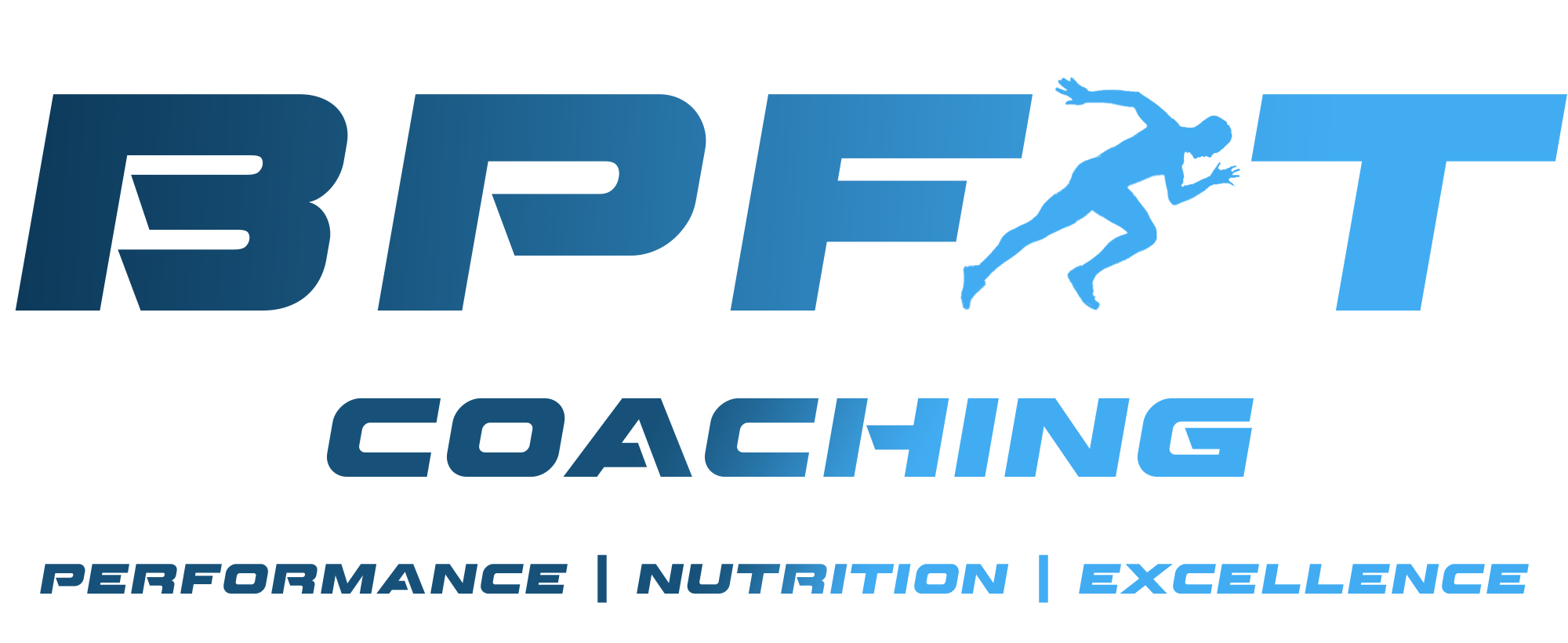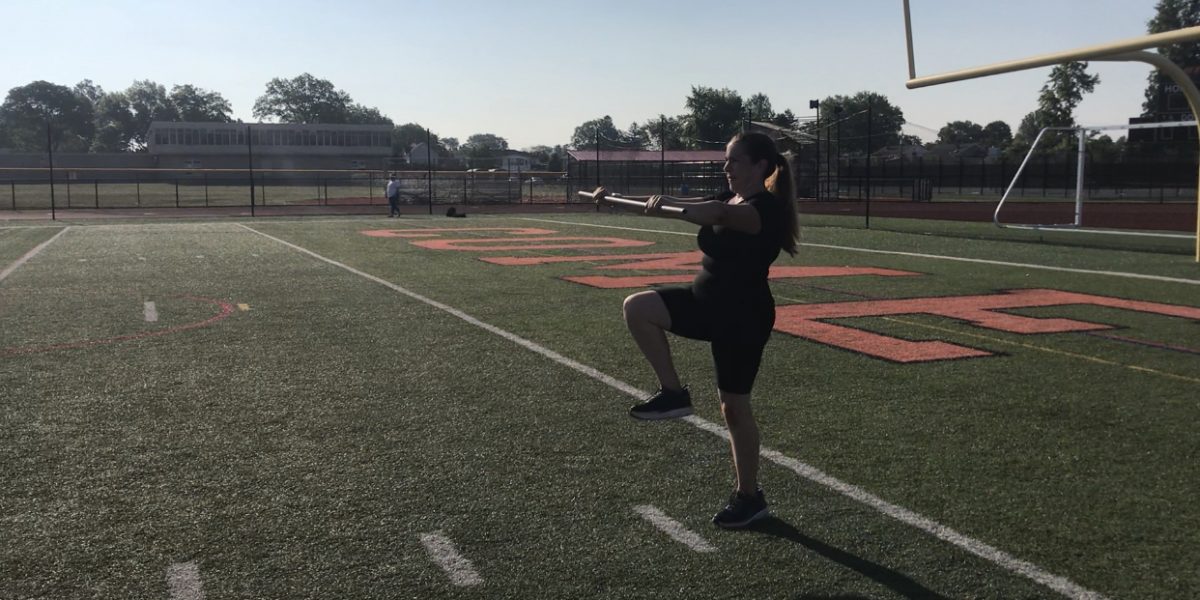I think we can all agree that speed is king, in just about every sport we want our athletes to be faster and stronger. We want to build them up in the weight room to help them perform to the best of their ability on the field, track, or court. We all so want them to be healthy and utilize the strength and power they have developed in the weight room and be able to transfer it to their sport. That’s what you call Functional Training, transfer of their gains to help meet their goals. We don’t want them balancing on a bosu ball doing a shoulder press and call that functional, because it’s not. We have to think of them as athletes who lift weights and not the reverse (Mike Boyle said that first). We know in order to sprint fast you have to train fast and smart. Part of this is to have strong and healthy hip extensors which include hamstrings, adductor magnus, and glute max.
For a minute, think about an athlete as a race car with a powerful engine. Pretend that there are two cars racing going 150mph around a track and they are both able to generate that speed with equal acceleration and max velocity, now imagine they have to control that speed to go around a turn then come to a stop. One of the cars has a superior braking system and the other one does not. What do you think is going to happen when they both have to stop? The one with the breaks built to control the speed is going to be okay, while the other one will most likely crash. Now think of the hamstrings as not only as the engine that helps to produce the force but also helps to decelerate and control the force. If an athlete is trained to be strong and powerful but can’t control it, they open up themselves to a greater risk on injury.
How should we train hamstrings (hip extensors) in the weight room? We need to train them concentrically, eccentrically, isometrically and unilaterally. We need to train them using high velocity exercises like plyometrics and sprinting. It is also important that they be able to absorb the force that they produce, if not they lend up like that powerful car with a poor braking system. Of course, you cannot just throw an athlete into this without progressing it. Below is an example of an exercise progression that requires very little equipment. If you don’t have a slide you can use a towel on a slippery floor.
- Bilateral Eccentric Hamstring Slides
- Bilateral Leg Curls
- Eccentric Unilateral Slides
- Unilateral Leg Curls
Start with two sets of five and progress to three sets of 5-8 2x/week. When 3 sets of 5-8 is performed proficiently progress to the next level. Exposing the hamstrings to all that they need in the weight room and on the field will help them to perform at optimal level. Remember they not only have to create the force but they have to be able to stop it too. Speed is KING!

